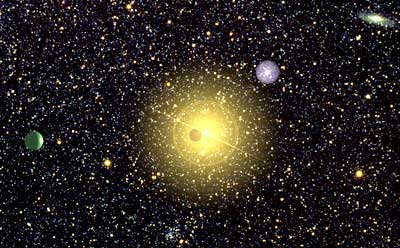|
Astronomical Objects External Links page. |
 |
|
Astronomical Objects External Links page. |
 |
The Earth
|
The Solar
System
|
Stars
|
The Milky
Way
|
Galaxies
|
The Universe
|
|
![]()
page by luca bombelli <bombelli at olemiss.edu>, modified 29 sep 2012